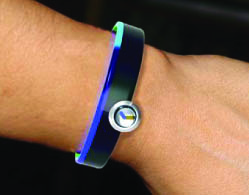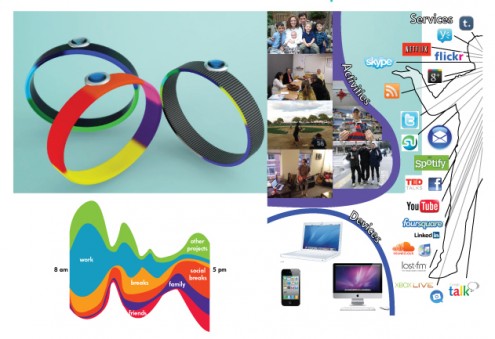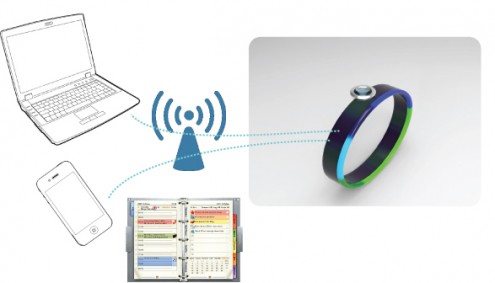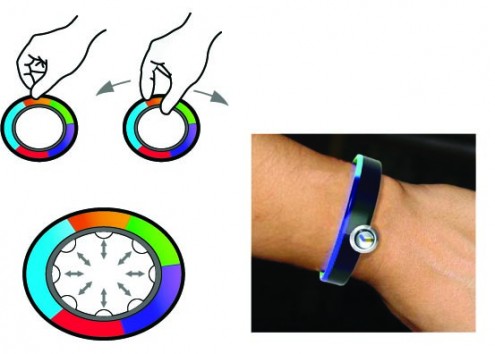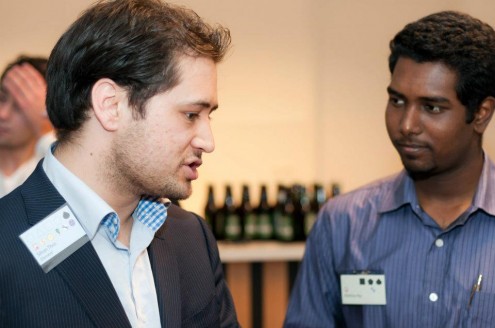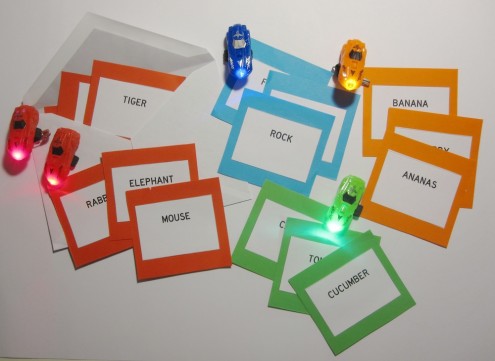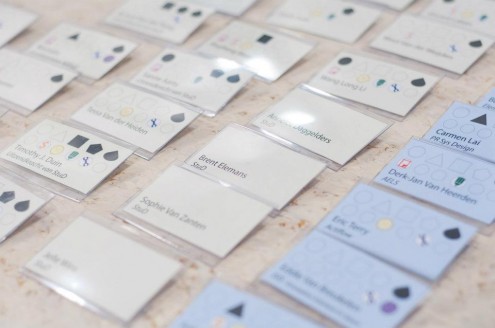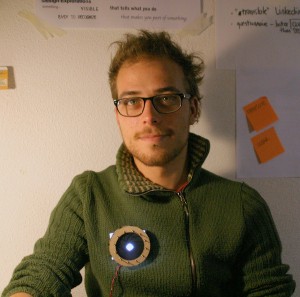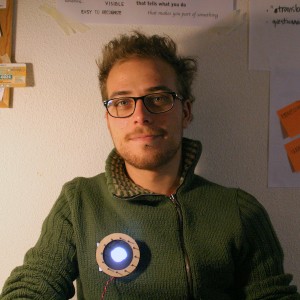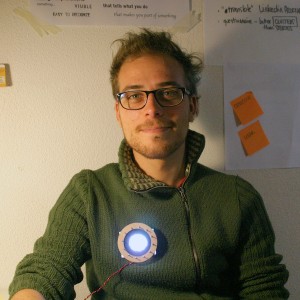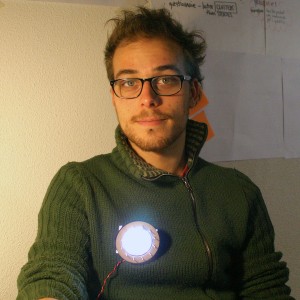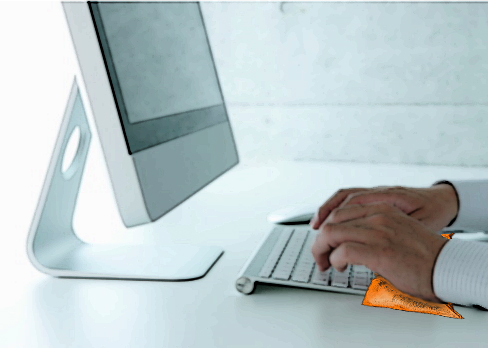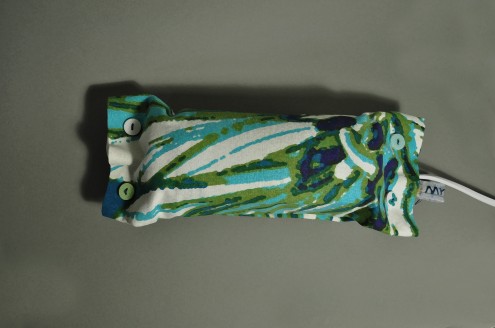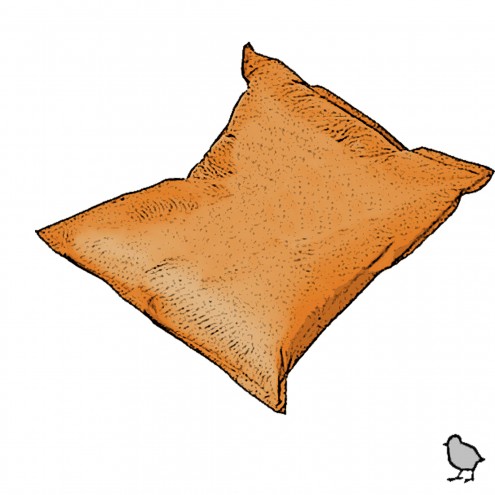By: Felipe Escobar
Keywords: Work 2020, Digital Technology, Balanced, Gradual,
Design Goal and Interaction vision:
Help flexworkers (freelancers) from the year 2020 (Generation Y) live a more balanced life in a world in which there is constant competition for their attention. The interaction should be like a cigarette or coffee break, reminding you of the break you need to do by a craving.
Research Explorations:
The method initially was done through literature review of forecasts and trends for work and society in the year 2020, after that the method used consisted mostly of observational research and interviews. In the initial stages it was developed with different users, but for testing design solutions the same user was both observed and interviewed afterwards. The goals were to find insights on how people work that could be applied in the year 2020 and the usage/appeal of the design. The initial stages were discussing findings from literature and it was identified that user’s had a lot of different things to take care of during their working time. Later it was tested if the solution should be physical or software based and findings proved that physical solutions, if properly used, were preferred by the user. Then in other tests, users found the solution to be useful but remarked on the functioning of the object which was tweaked as much as possible to correct accordingly.
Design Explorations:
There were 5 tests done with different prototypes, each one building up on the knowledge gained from previous iterations. The first test was done with two versions, one to test a software based solution and the other a physical approach, the software based was found to be too obtrusive and would be disabled. The following tests were done to identify the directions that would be taken, first user’s stated that although colors gave them an overview, the pressure felt constant and they had no feedback over which area was unbalanced. This was later implemented in another test in which different activities were given to users and they had feedback with both pressure and color.
Final Design:
The final design incorporates self-tracking into daily life. The design consists of a watch that keeps track of the user’s activities throughout the day and helps give an overview of how much time they are spending on each kind. This will help plan and adjust their activities and give an overview of their productivity (defining productivity as all elements in their life and not just those related to work). This information is gathered through technology by a clock, if the user spends too much time on an activity the wristband will constrict the user very lightly, causing mild discomfort until the user stops doing that specific activity. It will remind him like a craving or hunger that they needs to change activity.

